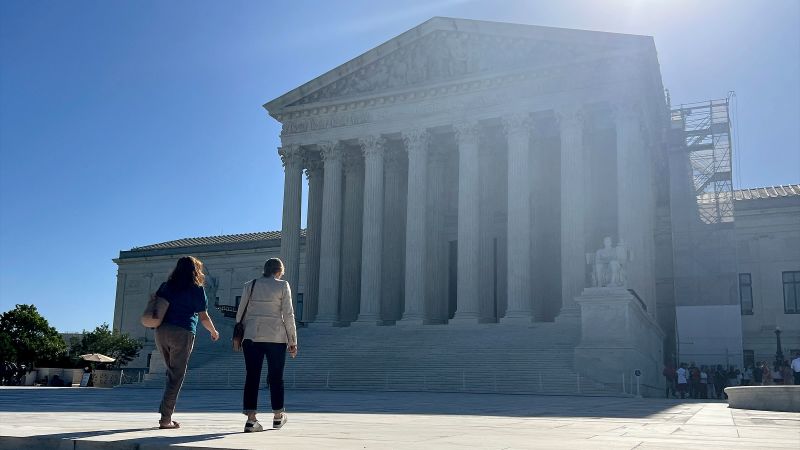In a landmark ruling on Friday, the Supreme Court overturned a federal ban on bump stocks that had been put in place by former President Donald Trump. Justice Clarence Thomas delivered the opinion for a 6-3 majority, with the court’s liberal wing, led by Justice Sonia Sotomayor, dissenting.
The ban on bump stocks was initially proposed by Trump in response to a tragic mass shooting at a music festival in Las Vegas in 2017, where 58 people lost their lives. Bump stocks are devices that can increase the rate of fire of a semi-automatic rifle to hundreds of rounds per minute. In his opinion, Thomas argued that a bump stock does not actually convert a semi-automatic rifle into a machine gun.
The case was brought to the court by a Texas gun store owner, Michael Cargill, who challenged the ban after turning over two bump stocks to the government following its implementation. The ruling, while not based on the Second Amendment, has reignited the debate on gun control in the country.
President Joe Biden criticized the decision, stating that it undermines gun safety regulations and puts Americans at risk. Gun control advocacy groups have also condemned the ruling, emphasizing the potential dangers of bump stocks in a country plagued by gun violence.
Supporters of the ruling, however, argue that the ban exceeded the government’s authority without congressional approval. The National Rifle Association and other gun rights groups welcomed the decision, emphasizing the importance of upholding the Constitution’s separation of powers.
The debate around bump stocks is rooted in a gun control law passed in the 1930s to address the use of machine guns by criminals. The court’s ruling has raised questions about the interpretation of the law and the ATF’s authority in regulating firearms.
Overall, the decision on bump stocks marks another victory for gun rights advocates at the Supreme Court and highlights the ongoing legal battles surrounding gun control in the United States.



